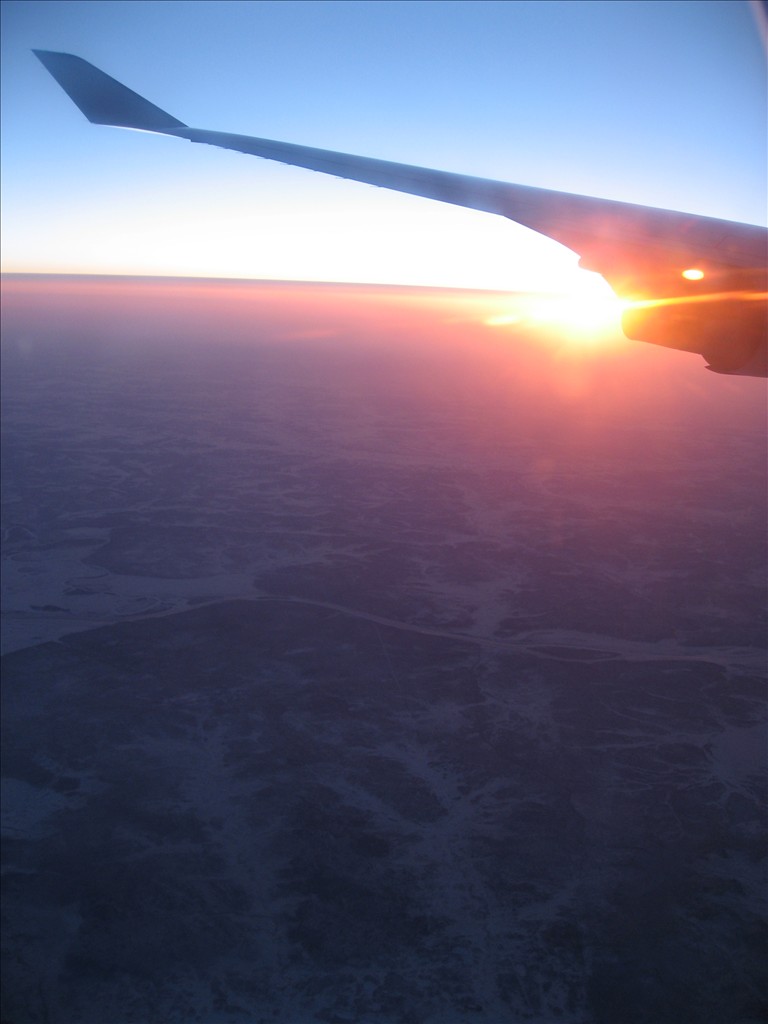
It’s not uncommon for traces of color to be found somewhere in the sky 30 minutes before or after a sunset or. Sometimes that window is longer, sometimes it’s shorter. So is the set/rise time taking into account of the mirage and the time is recalculated to give us when it has ‘actually’ set/risen or when the mirage has set/risen. In terms of how long the peak colors typically last on a sunset, I’d say that on average you have about a 5 to 15 minute window where you can see the most brilliant colors.

I would also like to know how this affects things like iphone apps that tells us what time sun sets are and where it is in relation to the horizon at a given time. If I were to know the time and watched the sun against an accurate clock, would the sun not be visible before the actual sun set time? If this is the case, then when we read things like what time sun sets and rises on websites, books, calendars, other official times, et al… does that mean when we see for example ‘sun set at 18:35’ is the time denoting the actual sun set taking into account of the mirage or what is visible to us. So, I understand all this, so here is my question : This means that on the spring equinox - March 19, 20 or 21 - and on the autumn equinox, which usually occurs on September 22 or 23, the Sun rises due east and due west.

Apparently due to coincidence of the size and distance of the sun, its exactly the same size - so if we see 50% of the sun, the sun is 50% below the horizon. Your loved one will receive compassionate, evidence-based care. The Sun has actually set/risen and we see it due to the way light is bent across the atmosphere. Memory care is a long-term solution for those living with memory loss, including Alzheimer’s and other forms of dementia.

I’ve heard from the likes of Brian Cox that what we see of the sun during a sunset and sun rise is actually the mirage of the sun.


 0 kommentar(er)
0 kommentar(er)
